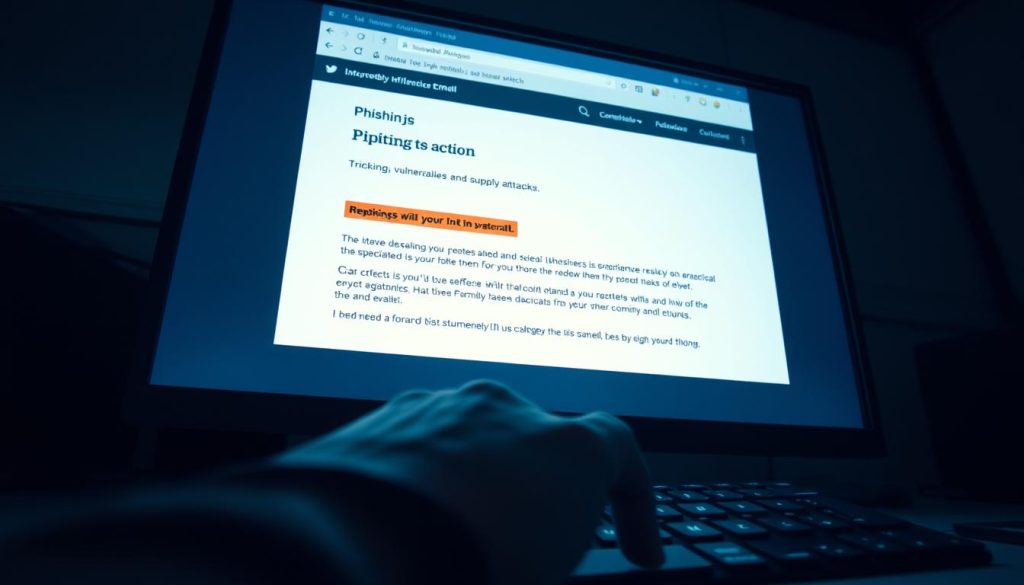Today’s roundup brings fast, practical updates that matter to U.S. businesses and consumers. Microsoft disrupted a global phishing ring that fed ransomware and BEC attacks against hospitals. The FBI warned of two active campaigns targeting Salesforce instances, and supply chain compromises tied to Salesloft and Drift hit customers of Cloudflare, Proofpoint, Palo Alto Networks, and Zscaler.
Why this matters: manufacturing faces real setbacks as Jaguar Land Rover pushed production and Bridgestone Americas works to restore systems. These outages ripple through just-in-time supply chains and retail shelves, adding tangible costs for companies and shoppers.
Researchers flagged new attack techniques: VoidProxy’s MFA bypass against Microsoft and Google accounts, and a SiteCore ViewState deserialization flaw exposing ASP.NET keys. At the same time, CISA renewed support for the CVE program while a House bill moves to reauthorize key programs — tying policy to front-line needs.
Bottom line: AI-driven phishing, double extortion, and stolen policies are driving higher insurance losses. Investing in email defenses, stronger identity checks, faster patching, and hardened SaaS integrations costs less than the downtime and data loss that follow a breach.
Key Takeaways
- Credential theft and targeted phishing are hitting hospitals and enterprise SaaS customers now.
- Supply chain compromises can cascade to major vendors and downstream organizations.
- New technical flaws and MFA bypasses raise urgency for faster patch and verification steps.
- Policy moves in Washington aim to align resources with operational threats.
- Practical steps—email hardening, identity verification, patching—offer strong returns.
Today’s threat landscape at a glance: breaking cyberattacks and policy moves shaping U.S. defenses
Multiple linked campaigns and supply-chain compromises are reshaping risk for hospitals, automakers, and SaaS users. This snapshot lists what happened, who is affected, and why it matters for U.S. firms and consumers.
Microsoft disrupts global phishing operation fueling ransomware and BEC against U.S. hospitals
Microsoft took down a phishing network that harvested credentials used in ransomware and business email compromise. Stolen logins opened access to patient systems and outsourced clinics, causing service disruption across hospital networks.
FBI flags dual campaigns against Salesforce instances
The FBI warned of two campaigns by UNC6040 and UNC6395 targeting Salesforce. Attackers sought customer and case data where fraud and BEC stem from even limited read-only access.
Salesloft/Drift-linked supply chain breaches ripple widely
Mandiant’s investigation tied a months-long GitHub compromise to Salesloft and Drift integrations. Downstream impacts hit Cloudflare and Proofpoint, and affected customers of Palo Alto Networks and Zscaler.
Manufacturing and supplier disruptions
Jaguar Land Rover paused production longer after a social-engineering-linked group claimed an attack. Bridgestone Americas is still restoring systems. These interruptions show how a single intrusion delays shipments and dealer operations.
Policy and vulnerability posture
CISA pledged enhancements to the CVE program while a House bill moves to reauthorize key programs. Meanwhile, researchers reported a SiteCore ViewState deserialization risk from exposed ASP.NET keys, and VoidProxy demonstrated MFA bypasses on Google and Microsoft accounts.
| Incident | Primary Impact | Notable Adversary or Tool | Why it matters |
|---|---|---|---|
| Phishing takedown | Hospital credential theft | Phishing kits, BEC | Patient care and third-party clinics disrupted |
| Salesforce campaigns | Customer data exposure | UNC6040 / UNC6395 | Business systems used for fraud and follow-on attacks |
| Salesloft/Drift compromise | Downstream supplier breaches | GitHub account compromise | Trusted integrations spread impact across firms |
| SiteCore / VoidProxy findings | Software vulnerabilities; MFA bypass | ViewState deserialization; VoidProxy | Raises urgency for patching, key management, and identity controls |
Bottom line: adversaries focus on access, supply links, and social engineering. A clear strategy that pairs rapid detection with strict change control reduces the cost of response and recovery.
Counting the cost: how cyberattacks hit U.S. businesses and consumers today
From assembly lines to patient portals, recent incidents show how an account compromise ripples into dollars and days lost.
Operational and financial damage
Production slowdowns—like Jaguar Land Rover’s extended pause—create overtime, idle labor, and expedited shipping costs that cascade to suppliers. Restores at Bridgestone show how incident response and forensics can rival capital projects in expense.
Consumers on the front lines
Phishing-driven credential theft fuels BEC and fraud. Microsoft’s disruption of a hospital-focused phishing ring highlights how a single compromised login can delay care and expose patient data.

Insurance, severity, and strategy
Resilience’s report finds losses rising even as claims fall. AI-crafted phishing and double extortion let adversaries extract ransom and sell stolen policies. That trend pushes firms to fund stronger controls as part of underwriting.
- Restoration and IR often cost more than prevention.
- Salesforce-targeted campaigns show how cloud access multiplies exposure.
- Higher deductibles shift more of the security burden onto insured organizations.
| Impact | Typical cost drivers | Example |
|---|---|---|
| Production delays | Overtime, penalties | Jaguar Land Rover |
| Recovery spend | Forensics, rebuild | Bridgestone |
| Insurance loss | Ransom, double extortion | Resilience report |
Phishing, vulnerabilities, and supply chain attacks: what today’s cybersecurity news means for your defenses
When OAuth apps or exposed keys are abused, an initial phish can balloon into supply chain attacks that touch many vendors. Researchers warned that VoidProxy bypasses MFA for Microsoft and Google, and Mandiant traced integration misuse through Salesloft and Drift.

MFA-bypass on the rise: VoidProxy targets Microsoft and Google accounts
Stop MFA-bypass phishing at the front door: deploy phishing-resistant authentication (FIDO2/WebAuthn) and conditional access based on device posture. Use real-time URL rewriting and sandboxing to blunt tools that intercept tokens.
Identity-based attacks and alert fatigue: why context and SOAR tools matter
Enrich alerts with geo-velocity, OAuth scopes, and SaaS audit logs so teams focus on real incidents, not noise. Security tools like SOAR can auto-revoke refresh tokens, quarantine risky apps, and reset sessions to cut dwell time.
From API and SaaS integrations to OT: secure software, networks, and third-party operations
Least-privilege access, signed webhooks, and API posture checks limit blast radius when integrations are abused. Require SBOMs, OAuth consent reviews, and periodic investigation of dormant integrations to spot hidden access.
Actionable steps: strengthen email, verify identity, harden SaaS, and speed patching
- Enable DMARC/DKIM/SPF and advanced email filters to reduce phishing reach.
- Rotate exposed ASP.NET keys, patch known deserialization vulnerabilities, and follow CISA CVE/KEV guidance.
- Combine EDR with email protection and run tabletop exercises for BEC and API key theft.
“Focus on practical controls that remove easy attack paths—hardware-backed keys, just-in-time admin, and automated revocation when risk spikes.”
| Priority | Concrete step | Why it helps |
|---|---|---|
| Identity | FIDO2 + conditional access | Blocks MFA-bypass tools |
| SaaS | Least privilege + signed webhooks | Limits integration misuse |
| Patching | Prioritize known exploits | Reduces vulnerability window |
Conclusion
Today’s headlines reveal how criminals exploit everyday processes to reach far beyond a single system. Phishing, abused integrations, and linked campaigns let hackers move from one account to many, turning routine tools into a broader threat to data and operations.
Take action now,—invest in layered security: strong identity, email protections, and steady vulnerability management. These steps cut successful attacks and speed recovery when incidents hit.
Organizations and households are part of the same digital chain. With collaboration, clear playbooks, and practical choices, U.S. cyber resilience improves fast. Leaders who act today protect firms, partners, and families tomorrow.

